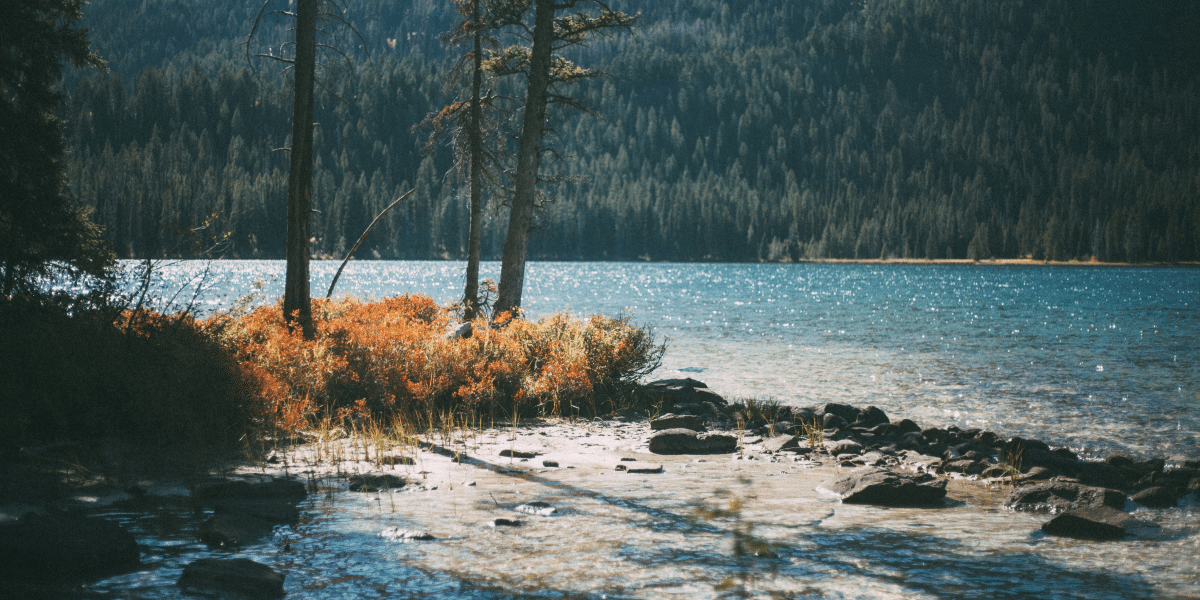Guitar Museums: Exploring the Rich History and Artistry of the Guitar
The Fascinating World of Guitar Museums
Guitar museums offer enthusiasts and musicians alike a captivating journey through the rich history, craftsmanship, and cultural significance of the guitar. From iconic instruments once wielded by legendary musicians to rare artifacts showcasing the evolution of guitar design, these museums provide an immersive experience that celebrates the instrument’s enduring legacy. In this article, we’ll delve into the world of guitar museums, highlighting some of the most renowned institutions and the treasures they hold.
1. Experience the Legends: Guitar museums provide a unique opportunity to get up close and personal with instruments that have shaped the course of music history. From the legendary Stratocaster wielded by Jimi Hendrix to the iconic Gibson Les Paul played by Jimmy Page, these museums offer a chance to see, touch, and even hear the guitars that defined generations of music.
2. Celebrate Craftsmanship: Beyond the instruments themselves, guitar museums showcase the artistry and craftsmanship behind these beloved instruments. Visitors can marvel at the intricate inlays, exquisite finishes, and innovative designs that have made guitars not just tools of music-making, but works of art in their own right.
3. Explore Musical Heritage: Guitar museums often provide insight into the cultural and musical heritage associated with the instrument. Exhibits may highlight the role of guitars in various genres, from blues and jazz to rock and classical music, shedding light on the instrument’s diverse and far-reaching influence.
4. Educational Opportunities: Many guitar museums offer educational programs, workshops, and lectures designed to deepen visitors’ understanding of the instrument. Whether you’re a seasoned musician or a curious novice, these programs provide valuable insights into the history, technology, and techniques of guitar playing.
Must-Visit Guitar Museums Around the World
1. National Guitar Museum (USA): Located in Pennsylvania, the National Guitar Museum houses a diverse collection of guitars spanning centuries of history and innovation. From vintage acoustic guitars to modern electric instruments, the museum offers a comprehensive look at the evolution of the guitar.
2. Museum of Fine Arts (Spain): Situated in Barcelona, the Museum of Fine Arts boasts an impressive collection of historic and contemporary guitars from around the world. Visitors can admire rare specimens, intricate craftsmanship, and iconic instruments once owned by renowned musicians.
3. Musical Instrument Museum (Belgium): The Musical Instrument Museum in Brussels is home to an extensive collection of musical instruments, including a remarkable array of guitars from different eras and cultures. The museum’s interactive exhibits and multimedia displays offer an engaging exploration of music history.
4. Cité de la Musique (France): Located in Paris, the Cité de la Musique features a dedicated guitar gallery showcasing the instrument’s evolution and cultural significance. From medieval lutes to modern electric guitars, the museum offers a comprehensive overview of guitar history and technology.
Plan Your Visit
If you’re passionate about guitars and music history, consider adding a visit to a guitar museum to your bucket list. Whether you’re drawn to the allure of vintage instruments, the craftsmanship of artisanal luthiers, or the cultural resonance of iconic guitars, these museums offer an enriching and inspiring experience for music lovers of all ages. So, pack your bags, tune your guitar, and embark on a musical journey through the fascinating world of guitar museums!










